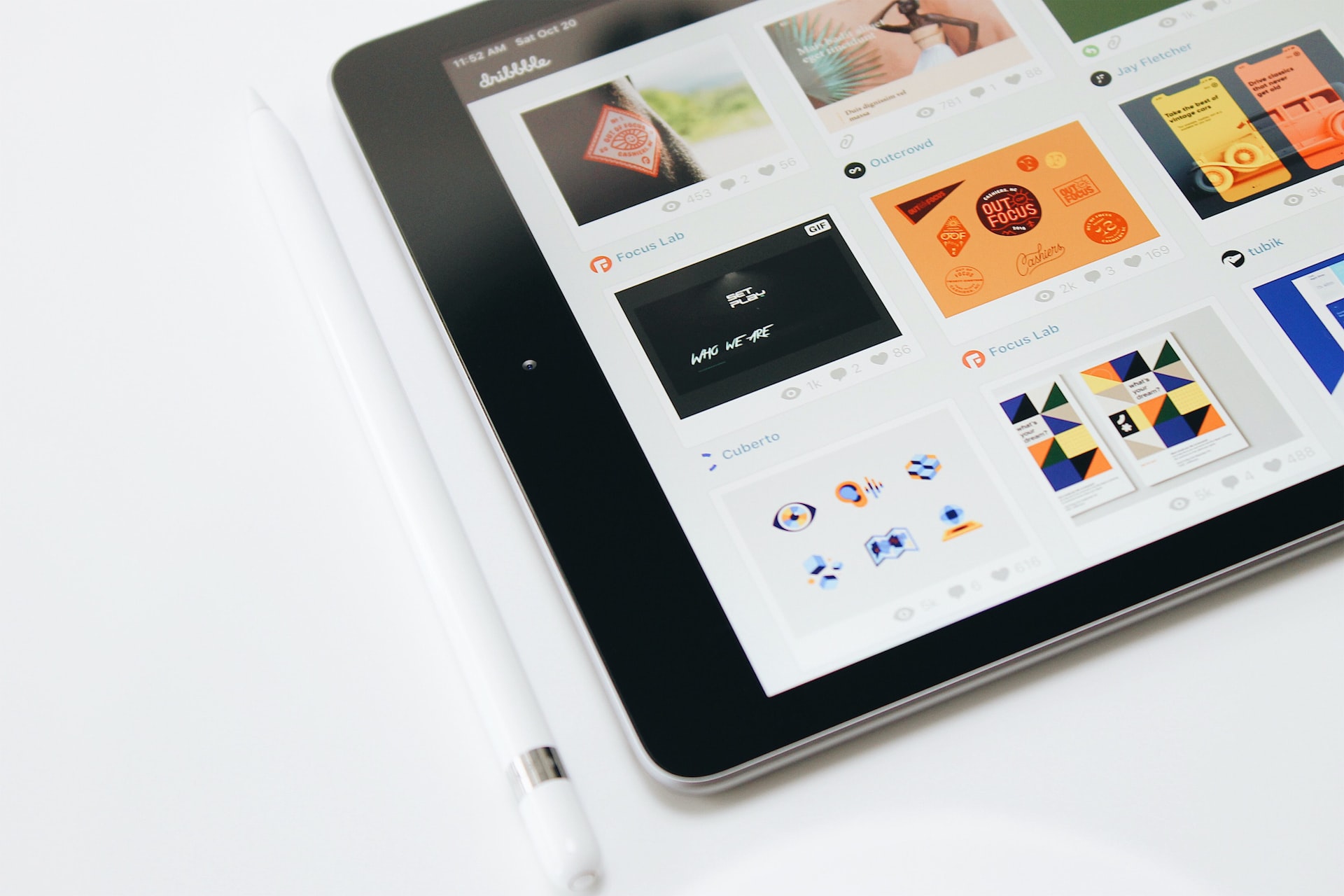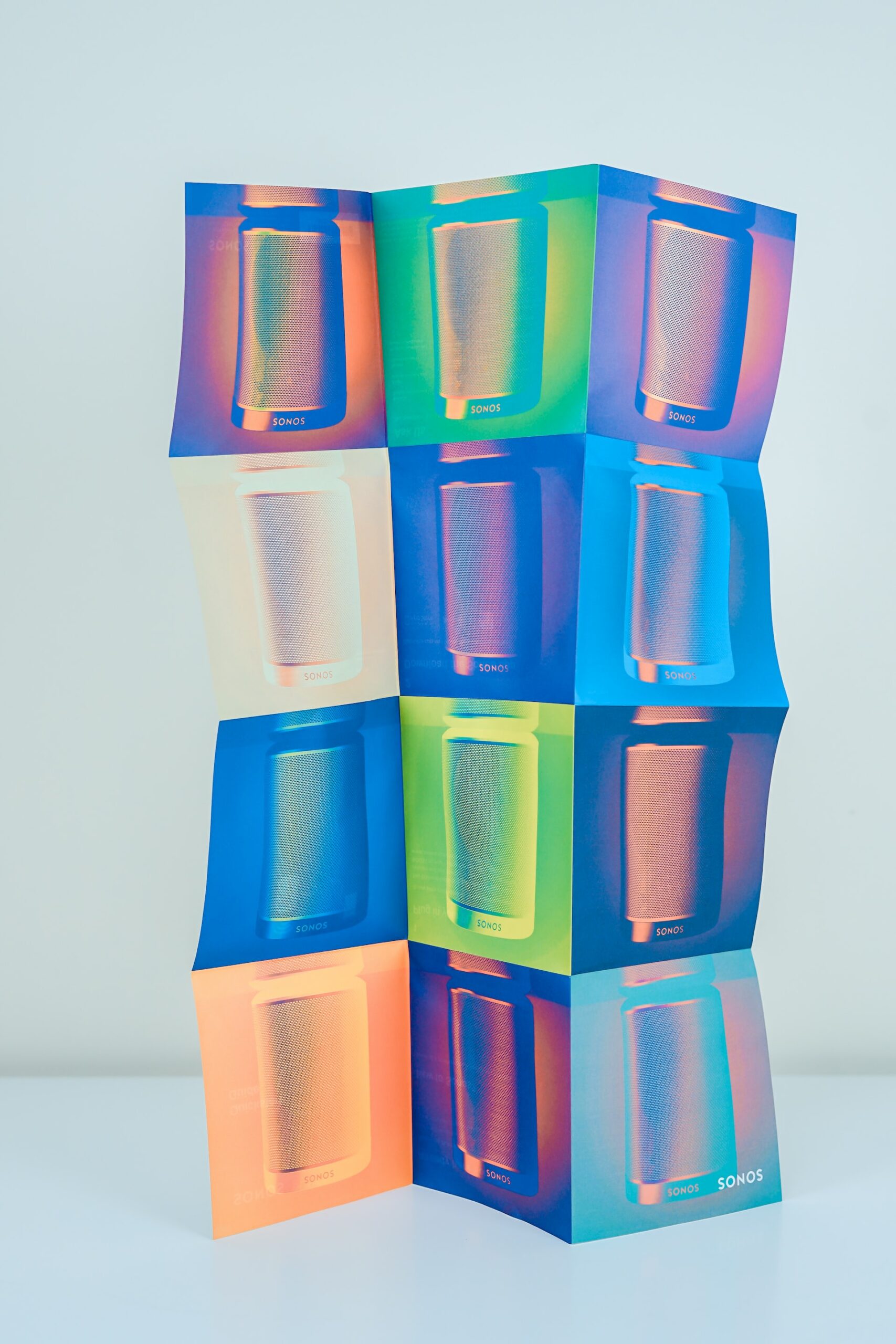
Graphic design might appear to be a difficult subject to study since it combines elements of marketing, arts, tech, and customer relations. Graphic designers might be understood most simply as visual storytellers. A competent designer’s task is to employ visuals to convey a story that supports a company image and stirs up emotion.
According to Pablo Solomon, a lot of what they produce combines form with functionality. He says, “your functional purpose should be achieved in the most aesthetically beautiful and impactful way possible.” “Designers utilize their visuals to transmit thoughts in the same way that musicians use their songs, poets use their speech, and dancers use their moves.”
As a student you might know that expressing your thoughts in the appropriate way may be a challenge. Especially, when it comes to writing papers on complicated topics. Luckily, in this case you can turn to an essay writing service available online. There are many companies that provide custom writing help in different disciplines. So if you can’t express your thoughts properly or be a good storyteller, delegate this type of task to professionals.
So, the ultimate goal of a designer should be to satisfy their client’s desire to express their brand’s concept visually.
Pros of having a graphic design degree
Graphic design is innovative and challenging
Do you appreciate a good challenge, being creative, and assisting people with their problems? You’re going to love this feature of graphic design. It all comes down to this.
With distinctive design solutions, designers assist their clients in expressing essential concepts, attracting and engaging targeted customers, and making an impact that lasts.
Graphic design is the career for you if you’re seeking a job that challenges you every day and feeds your imagination.
Observing the public debut of your graphic designs
Nothing is more thrilling than finishing a project and watching it go online for the entire world to enjoy, just ask any web artist. Designers like seeing how users respond to their work, whether it’s a web page they helped build or a TV show they collaborated for.
Your skill as a designer is highly validated in this area of the business, which is rewarding and fascinating.
Numerous career opportunities exist in graphic design
What you can accomplish with a degree in graphic design is incredible. Many diverse workplaces provide opportunities for talented designers. Typical possibilities include:
- marketing and sales companies
- TV and movie studios
- publishing businesses (newspapers, magazines, book publishers)
- small companies and large corporations
- municipalities.
Working environments may have a significant impact on the types of tasks you take on. You may dedicate your days to creating record and paperback covers, or you could concentrate on digital advertising campaigns, corporate reputation, and branding.
You’ll probably try a little bit of everything right after graduating from graphic design school until you acquire experience and discover your ideal match. However, you may also try to work on different projects while still in college. Just turn to Edubirdie to get help with your studies and delegate some of your papers to expert writers. This way, you will be able to focus more on starting your career in graphic design.
Remember that designers may also work from home and as independent contractors, choosing the tasks and sectors they wish to work in. Jobs in graphic design are numerous and versatile. Many businesses also seek out monthly graphic design services to maintain consistent branding and marketing efforts.
Cons of having a graphic design degree
Coping with criticism and objectionable clients
This is the point at which the “challenging” nature of graphic design might turn out to be a trick. Keep in mind that graphic designers don’t merely create for their own enjoyment. They must follow client instructions.
That entails maintaining a budget for the project, being fully aware of each client’s requirements, and providing a finished product that lives up to the requirements.
And if your design approach falls flat, you’ll need to take the criticism in stride, apply what you’ve learned, and try again. Large design projects frequently require a lot of back and forth communication. To acquire the client’s acceptance of the final design concept, several modifications are necessary.
As you attempt to find a solution, you’ll need to bargain with clients, handle their requests, and maintain your professionalism. This procedure can be drawn out and annoying at times, but it’s all a necessary step in the design process.
Many tasks and short deadlines
Everyone would want their design concept completed as soon as possible, regardless of where you work after getting education in graphic design—a TV/film studio, online marketing firm, publishing company, or local business.
You’ll probably be managing several projects at once and working under pressure to finish tasks by specific dates. Although this is true for many professions, designers may find it particularly difficult to accelerate the creative process.
With practice and patience, designers learn to manage their heavy workloads, making the balance a bit simpler. However, it might be a little stressful when you’re just getting started in your graphic design job.
Lots of time spent in front of the screen
Graphic design uses a lot of fascinating digital technologies and software tools. This is fantastic, but it takes a lot of time spent seated at a desk and gazing at a monitor.
Make sure you take frequent breaks and get some exercise, or you’ll suffer with back discomfort and vision problems!
About Guest Author: James Hughey
James Hughey is a graphic designer and brand manager. James is passionate about writing, so in his free time he writes articles for online magazines. He also has his own blog on graphic design where he shares valuable tips and tricks for this field.









